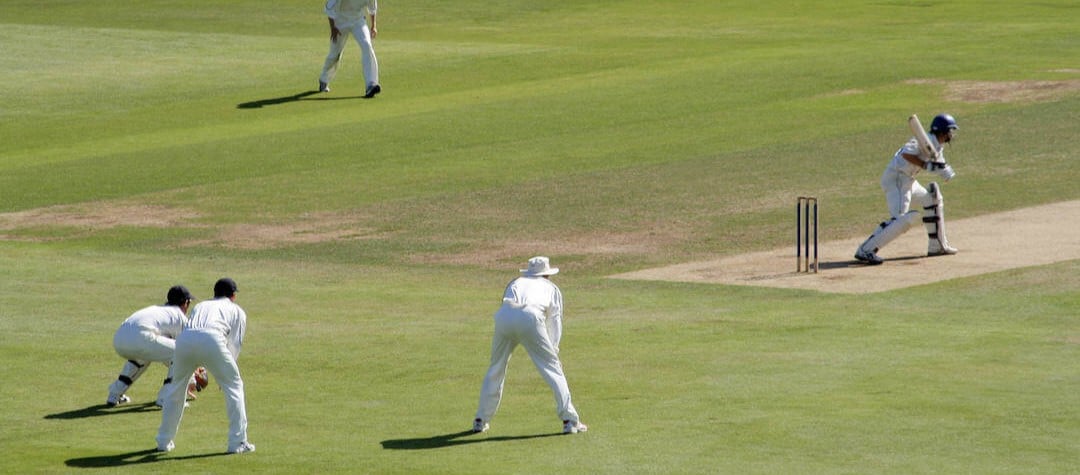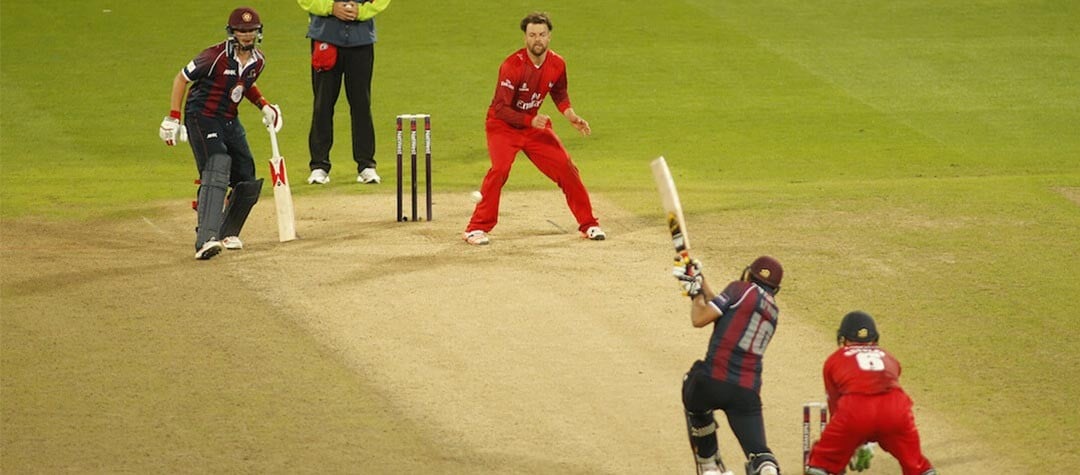We've compiled a list of some of the most commonly used terms so you don't get stumped by cricketing terminology.
Cricket has an extensive number of terms associated with it and it's important to know your bails from your balls and your maiden from your nightwatchman.
All-rounder: Refers to a player who is good at both batting and bowling, or may be a wicketkeeper who can also bat well.
Appeal: For a batsman to be given out, the bowling side must appeal to the umpire with a shout of 'How’s that?', often referred to or heard as 'howzat?'
Ashes: A small wooden urn containing the ashes of a bail which was burnt after Australia first beat England in 1882. It is currently played at approximately two yearly intervals, alternately in England and Australia.
Bails: The small pieces of timber which sit on top of the stumps – have to be knocked off or dislodged for a batsman to be given out.
Batsman: A player who is 'in bat' aiming to score runs.
Bouncer: A ball bowled at fast pace and pitched short with the intention of reaching the batsman at chest height – forcing him to take evasive action or to play a difficult stroke.
Boundary: The outer limit of the playing area marked by a rope. It also refers to a stroke by the batsman that hits the rope, gaining four runs.
Bowler: A player who delivers the ball to the batsman or batswoman. Types include: fast bowler, medium pace bowler and slow or spin bowler.
Box: The protective device worn by players to protect the pelvic bone and all the other important bits – you know what we are talking about! There are male and female-specific boxes.
Bye: A run scored through a means other than being hit by the bat. For example: the ball hitting the batter’s pad, after an attempt to play a shot and the batter is able to complete a run.
Caught behind: A ball caught off the bat or the glove by the wicketkeeper before it bounces.
Clean bowled: When a batter misses the ball completely and his stumps are directly hit.
Crease: Refers to the line located 48 inches (1.21 metres) in front of the stumps and denotes the batsman's ‘safe’ ground where he cannot be stumped or run out.
Duck: A score of nought for a batsman. A ‘golden duck’ refers to being out first ball.
Edge: Refers to the perimeter of the bat which can be hit by the ball and lead to the batsman being caught.
Fielder: A player placed strategically within the field of play, with the object of stopping runs being scored and getting batsmen out.
Innings: The period of time spent batting by a team or an individual.
Leg before wicket (LBW): A decision made by the umpire where the ball would have hit the stumps had it not hit the legs of the batsman first.
Maiden: Refers to an over (six balls) bowled without a single run being scored.
Nets: An area literally surrounded by netting, in which the players practice.
Nightwatchman: A player who normally bats near the bottom of the order, but is sent in near the end of the day’s play when a wicket has fallen to protect a better batsman – often when the light is fading.
Over: The correct number of consecutive balls that should be bowled by a bowler; consisting of six balls.
Pad: Protection for the legs used by both the batsmen and wicketkeepers to prevent them being hurt by the ball.
Run out: A means of getting the batsman out by knocking the stumps with the ball – before he has made his ground within the batting crease.
Stumps: The three sticks at each end of the pitch which has two bails set on top of them.
Test: An international match lasting five days and usually consisting of four innings.
Twenty20 cricket: Twenty20 is an explosive shortened version of cricket in which each side bats for 20 overs (120 balls).
Wicket: Can refer to several things including: the stumps, the batting section of the pitch or dismissal of a batsman, for example: 'a bowler has taken five wickets'.














